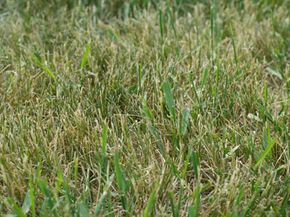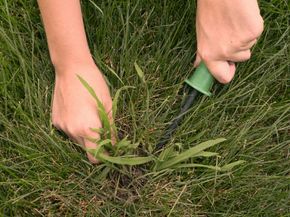Crabgrass is like a bully on a playground, pushing weaker kids out of the way and taking over the jungle gym. But those traits can come in handy if the bully grows up to be a professional football player or a doctor saving lives. It's the same with crabgrass; in the right setting, it has its purpose.
In the United States, we usually refer to crabgrass as a weed. But what does that mean exactly? Did you know there's actually no botanic or scientific classification for weeds? They're simply plants we don't want around. And they are often invasive, crowding out plants we do want around.
Advertisement
Crabgrass is unpopular with many home gardeners because its ungainly clumps invade and crowd out desirable grasses like Bermuda and the cheerful dichondra. Plus, the two most prevalent types, smooth crabgrass and large crabgrass, grow to 15 to 36 inches (around 38 to 89 centimeters), respectively, if not mowed. And maybe that's the real reason we don't like it: When you don't mow it, your yard looks terrible.
But these traits -- its perseverance even in poor soils and its fast and high growth -- make it ideal in some parts of the country as a summer forage grass for cows, sheep and horses. According to the University of Florida, grazing animals find crabgrass quite tasty [source: UF]. That means they eat more and thus gain more weight than when grazing on millet, sorghum or other summer grasses and grains.
One tasty species is Red River, which can yield 125 pounds (a little more than 56 kilograms) of grass per acre per day under moist, fertile conditions [source: Kansas Rural Center for Sustainable Agriculture].
Whether you want to cultivate crabgrass for your cows to chew on or get rid of it to allow your lawn to thrive, find out what you need to do to either help crabgrass thrive or make it go away.
Advertisement

